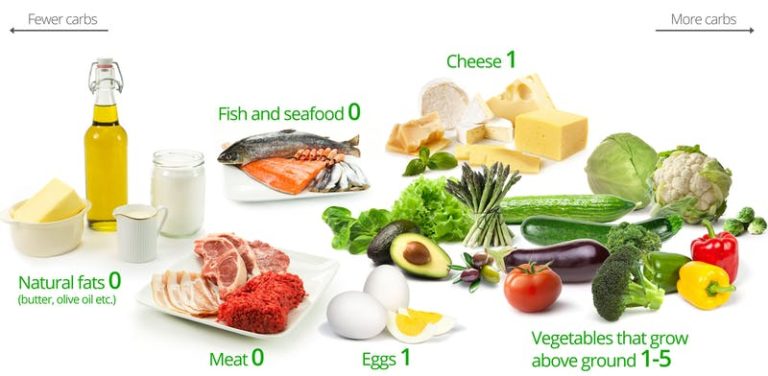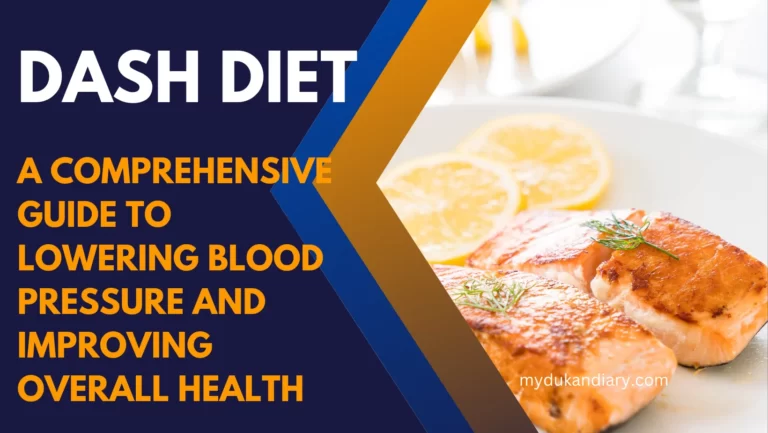The Carnivore Diet: What You Need to Know
The carnivore diet has been gaining popularity in recent years. Also sometimes called an all-meat or zero-carb diet, it focuses solely on animal products while eliminating all plant foods. For some, cutting out carbohydrates has led to improved health and alleviated symptoms like digestive issues, fatigue, mood changes, and more. However, there are also potential drawbacks to consider.
Proposed Benefits of The Carnivore Diet
– Improved blood sugar control and reduced insulin resistance. Without grains and sugars, blood sugar levels may stabilize. Some follow the diet to manage diabetes, PCOS, or stop reliance on medications.
– Weight loss. Eliminating calorie-dense carbs makes it easier to maintain a calorie deficit for weight loss. Red meat is high in protein which is very satiating.
– Digestive and gut health. Removing fiber-rich plants helps those with gut issues like IBS or constipation. Proponents believe the meat-only approach heals a “leaky gut.”
– Increased energy levels. Without fluctuations from carbs, energy remain consistent through the day rather than highs and lows. The high fat content provides sustained fuel.
Potential Downsides of The Carnivore Diet
– Nutritional deficiencies. Limiting food groups means carefully planning is needed to get vitamins, minerals, and antioxidants from nutritious animal products. Supplements may be required long-term.
– Bone health concerns. Calcium and vitamin K2 are important for bones but more abundant in plant than animal foods. Bone loss could occur without sufficient intake.
– Heart disease risk factors. A diet high in red and processed meat increases risk factors for heart disease including saturated fat and cholesterol levels. More research is still needed.
– Sustainability issues. A mass shift to this diet could put strain on environmental and agricultural resources. Production of meat for all meals has a large land and water footprint.
Common Carnivore Diet Foods
– Red meat – beef, lamb, pork, organs like liver
– Poultry – chicken, turkey
– Seafood – fish, shellfish
– Eggs
– Butter, ghee, lard for cooking
– Optional foods include cheese, heavy cream
While more research is still needed, the carnivore diet shows potential for some individuals. As with any restrictive approach, those considering should discuss risks and benefits with their doctor or dietitian before making long-term changes. Let me know if you need any other details!
[content-egg-block template=customizable show=price limit=2 sort=price order=desc offset=15]
1-week meal plan for the Carnivore Diet:
Day 1:
Breakfast: Ribeye steak with eggs cooked in butter.
Lunch: Grilled chicken thighs with a side of bacon.
Dinner: Salmon fillet cooked in ghee with a side of shrimp.
Snack: Beef jerky.
Day 2:
Breakfast: Ground beef cooked in tallow with scrambled eggs.
Lunch: Pork chops with a side of sausages.
Dinner: Lamb chops with grilled shrimp.
Snack: Beef liver pate.
Day 3:
Breakfast: Bacon with fried eggs.
Lunch: Grilled steak with a side of oysters.
Dinner: Roast beef with bone marrow.
Snack: Beef sticks.
Day 4:
Breakfast: Chicken thighs cooked in duck fat.
Lunch: Ground beef cooked in lard with a side of bacon.
Dinner: T-bone steak with grilled shrimp.
Snack: Beef bone broth.
Day 5:
Breakfast: Pork belly with fried eggs.
Lunch: Grilled chicken wings with a side of sausages.
Dinner: Salmon fillet cooked in butter with a side of lobster.
Snack: Beef liver jerky.
Day 6:
Breakfast: Ribeye steak with scrambled eggs cooked in tallow.
Lunch: Pork chops with a side of bacon.
Dinner: Lamb chops with grilled shrimp.
Snack: Beef sticks.
Day 7:
Breakfast: Bacon with fried eggs.
Lunch: Grilled steak with a side of oysters.
Dinner: Roast beef with bone marrow.
Snack: Beef bone broth.
Carnivore Diet vs. Dukan Diet: A Comparative Analysis
The Carnivore Diet and the Dukan Diet are two distinct dietary approaches that emphasize high-protein and low-carb intake. While both diets limit carbohydrates, they differ significantly in their food restrictions, philosophy, and long-term sustainability.
In this article, we will compare the Carnivore Diet vs. Dukan Diet, exploring their rules, benefits, drawbacks, and suitability for different individuals.
Key Principles of the Carnivore Diet
- Allowed Foods: Meat, fish, eggs, dairy (optional), animal fats.
- Restricted Foods: All plant-based foods, including fruits, vegetables, grains, and nuts.
- Macronutrient Ratio: Primarily protein and fats, with little to no carbohydrates.
- Philosophy: Advocates believe that humans evolved as carnivores and that plant foods contribute to inflammation and digestive issues.
Key Principles of the Dukan Diet
- Phases: The diet consists of four stages—Attack, Cruise, Consolidation, and Stabilization.
- Allowed Foods: Starts with lean protein (meat, fish, eggs, dairy), then gradually introduces vegetables, fruits, and whole grains.
- Restricted Foods: Sugary foods, processed carbs, and high-fat foods.
- Macronutrient Ratio: High protein, moderate fat, and low carbohydrates.
- Philosophy: Based on high-protein, low-fat principles to encourage rapid weight loss while preserving muscle mass.
Carnivore Diet vs. Dukan Diet: Key Differences
| Factor | Carnivore Diet | Dukan Diet |
|---|---|---|
| Food Variety | Only animal products | Includes lean meats, vegetables, dairy, and later grains |
| Carbohydrates | Near zero carbs | Low to moderate carbs |
| Phases | No structured phases | 4 structured phases |
| Fat Intake | High (from animal sources) | Low to moderate |
| Fiber Intake | No fiber | Some fiber in later phases |
| Weight Loss Speed | Fast due to ketosis | Fast in initial phases, gradual later |
| Health Benefits | Reduces inflammation, stabilizes blood sugar | Promotes fat loss, preserves muscle |
| Sustainability | Difficult long-term | More flexible in later phases |
| Who It’s Best For | Meat lovers, those with autoimmune issues | Those looking for a structured, sustainable plan |
Pros and Cons of Each Diet
Carnivore Diet
✅ Pros:
- Effective for rapid weight loss.
- Eliminates processed foods and sugar.
- May reduce inflammation and digestive issues.
- Simple and easy to follow (no meal tracking).
❌ Cons:
- Lacks fiber and plant nutrients.
- May cause nutrient deficiencies over time.
- Can be difficult to sustain.
- High consumption of red meat may have health risks.
Dukan Diet
✅ Pros:
- Structured, making it easier to follow.
- Encourages lean protein intake for muscle preservation.
- Allows gradual reintroduction of carbs.
- More sustainable than the Carnivore Diet.
❌ Cons:
- Initial phases can be restrictive.
- Limits healthy fats, which are essential for hormone production.
- May cause nutrient imbalances in early stages.
Which Diet Is Right for You?
- Choose the Carnivore Diet if:
- You thrive on a high-protein, high-fat diet.
- You have autoimmune or digestive issues that worsen with plant foods.
- You don’t mind eliminating carbs completely.
- Choose the Dukan Diet if:
- You prefer a structured plan for long-term weight loss.
- You want a balance of protein, fiber, and gradual carbohydrate intake.
- You want a more sustainable, socially adaptable diet.
Both the Carnivore Diet and the Dukan Diet have their unique advantages and challenges. The Carnivore Diet is extreme and effective for those who want to eliminate carbs entirely, while the Dukan Diet provides a more gradual and structured approach to weight loss.
Ultimately, the best diet is the one that aligns with your health goals, preferences, and long-term sustainability. Always consult with a healthcare professional before starting any restrictive diet.
Which one would you try? Let me know your thoughts! 😊






